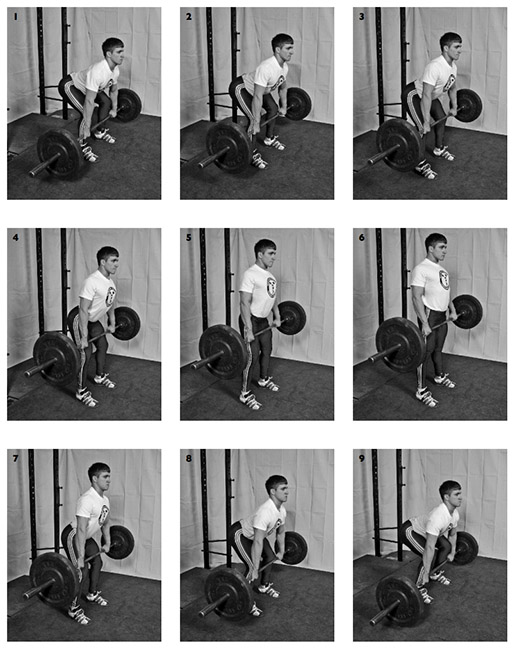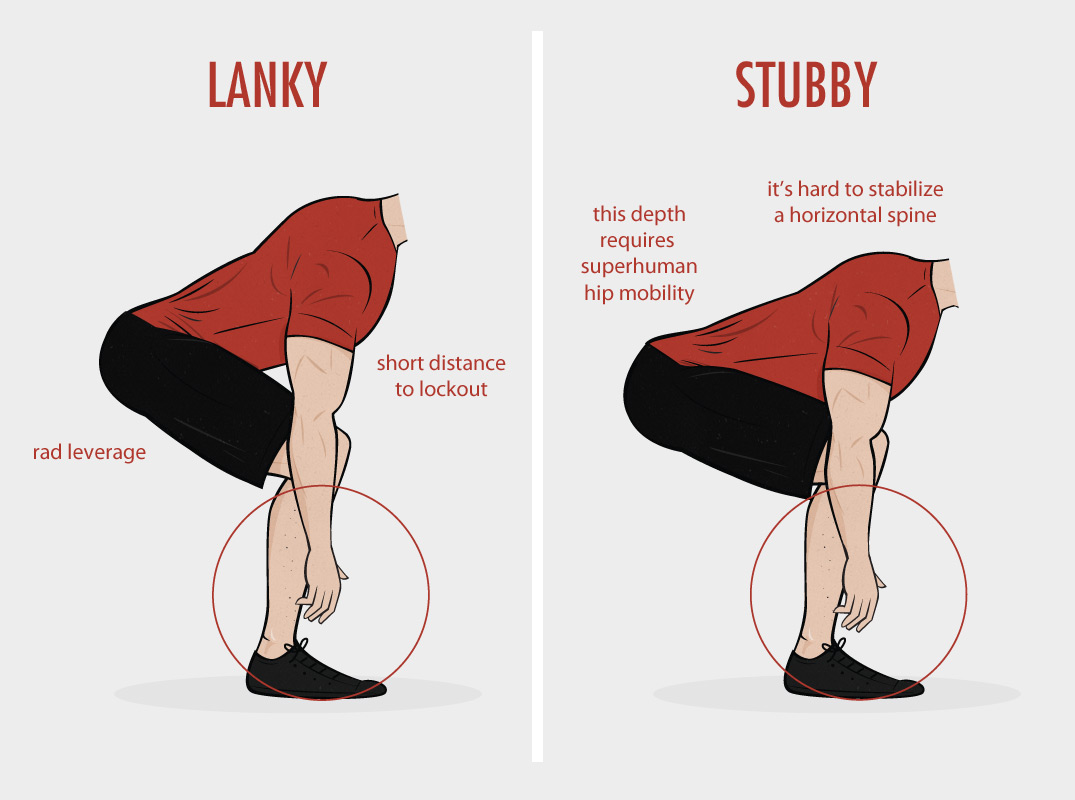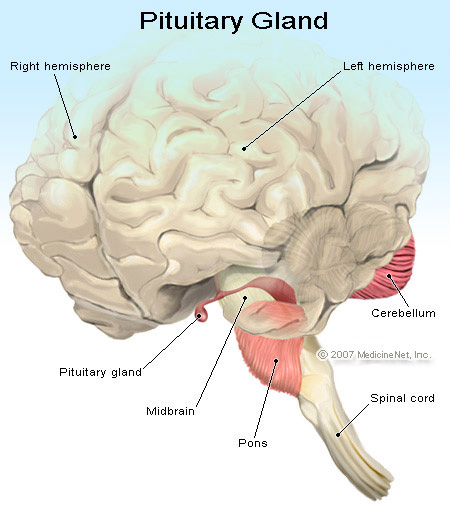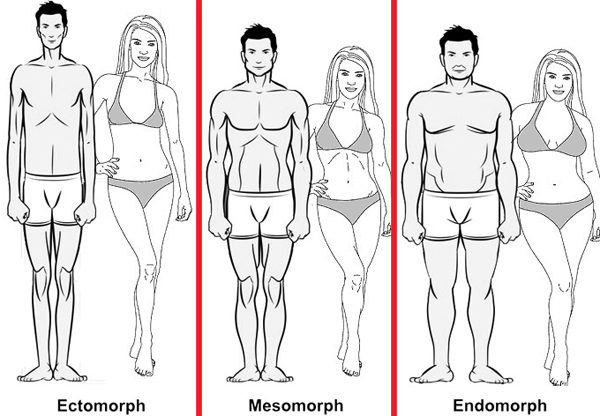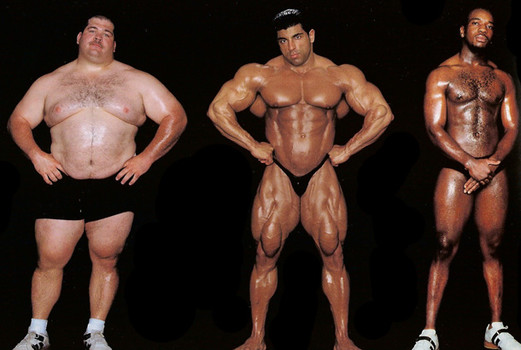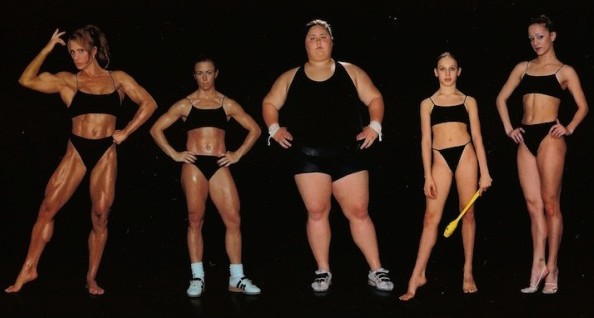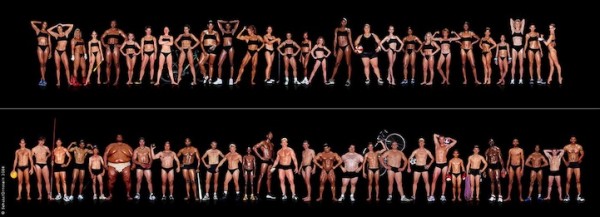Variance
Variety is the spice of life. But is it the key to fitness?
CrossFit defines fitness as increased work capacity across broad time and modal domains. And what does all that mean? It refers to the ability to do varied physical work at varied lengths of time. And the way to achieve fitness has been a trial-and-error, test and retest journey through the centuries. Heavy lifting, bodyweight gymnastics, and metabolic conditioning through running, rowing, jumping... these aren't new concepts. More recent scientific involvement, however, has put mathematics and exercise physiology into the fitness equation. This strengthens the claims of what works and what doesn't.
If you're involved with CrossFit, then, much of what you are using is constantly varied, functional movements performed at high intensity. It's a generalized physical preparedness program for the public. One size fits all? Well, yes and no.
It's like the nearly defunct pop radio, playing a variety of songs and artists to appease the masses.
You can hear it in your head now, right? In your best radio voice: "CrossFit. Tune in for the hits of today, with all the classics from yesterday."
Finished with whatever slogan or tagline fits for the now. The cutting edge of fitness. More movement variety. All the lifts, all the time.
Sound effects engaged. *Ka-Boom* Here on Amp-101.
With the advent of internet music, having to listen to a radio station and wait for your favorite songs to come on is no longer an experience today's youth has to endure. The luck-and-chance of hitting the radio music lottery no longer exists. You can simply skip to your favorite songs on Spotify, YouTube, Pandora, or whatever online platform you choose.
But back in the day, you had to wait it out. Fingers crossed for your favorite teen anthem. For the older readers in the crowd, perhaps you even sat nearby, ready to record onto cassette for your newest mix tape. For those even older, you really paid your dues, didn't you? Maybe you did household chores or saved up your weekly allowance to buy the single on a 45. It was the only way.
On the radio, the music being played was varied but it definitely wasn't random. Stations played, and still play, certain artists, record labels, and song singles. Mostly according to what will sell, or more accurately, what has been sold to them. Frustrating, maybe, as we all realize it's yet another industry of money and marketing. Sometimes talent doesn't even win out. A century of progress, but only to the highest bidder.
But let's digress.
Just as in radio, in CrossFit the workouts aren't randomized. There is a difference between varied and random. In order to make gains in a meaningful, measurable way, increasing work capacity requires variance. Yet it also requires structure and consistency.
Consistent... variance?
Variety is a necessary perk in life. When used correctly it can keep us entertained, even in our weekly flow of monotony. But without some semblance of consistency, humans actually get uncomfortable. We lose our sense of direction, get confused and even unhappy without purpose in daily life. It's the same in the gym. With physical fitness we need structure and direction along with the variance to achieve results.
So, consistent and varied, yes. Both have a place on the fitness radio dial.
CrossFit is a strength and conditioning program which attempts to optimize fitness through strategic variety. Not just throwing exercise movements together at random, like a sales bin in the music store. (All the crap no one wanted in the first place, at a discount price!)
It's a common misconception of the variance in CrossFit-- we don't actually piece together workouts out of thin air, like a mix tape of movements to give to our latest crush. A true CrossFit program sees the big picture; has set goals in macro and micro cycles of strength and conditioning, like any developed fitness program. There is structure. There is routine. Just not the type of routine that leaves us stagnant on a perpetual fitness plateau.
Generalize in 10 physical skills but capitalize on consistently revisiting lifts, gymnastics movements, and many other exercise modalities.
In the pursuit of physical fitness, achieving central nervous system responses, muscle overload, and skill progression will not occur through randomization. In addition, goal setting and weakness training would never pan out if that were the case.
We see it in the now-gigantic health and fitness industry, where people get antsy and impatient with following a set workout regimen. Many bounce from program to program, always searching for that new thing, that new breakthrough. Like a music scout and a record label, squelching all they can from an artist, chewing them up and spitting them out in hit singles until the public overdoses and wants the new what next.
There's never any chance for growth. There's no room for improvement.
Fad fitness programs capitalize on this human characteristic (oftentimes called "boredom"), and sell get fit quick equipment and schematics as fast as record, cassette, and CD sales in the previous decades of music. And just as fast as they sold, they flicker out with all other obsolete technology.
CrossFit is sometimes viewed as that fad, that here-and-now type of fitness program. And we do in fact see people come through the gym and leave after just a short period of time... never giving it a chance to manifest, to work for them, to grow into more than a 3 minute pop song. They didn't get the results they were looking for in a few weeks so they abandoned ship. They jumped on the bandwagon but stepped off before the headlining act.
For those individuals, CrossFit is a one hit wonder.
For anyone willing to dedicate themselves, however, it looks to have promise for lifelong involvement in fitness. CrossFit groupies? Perhaps, yes. Since the concept is to be good at anything and everything, a results-based general physical fitness program has an allure for many.
Which is where variance comes back into airplay. Especially because that variety keeps things fresh; enjoyment is high even though workouts with borderline masochistic physical suffering are still present.
So what movements do we benefit from being consistent in, and what should we vary?
Let's start with all the major lifts, both Power Lifting and Olympic Weightlifting.
- Squat - in some form or fashion 3-4 times a week. Include Back, Front, Overhead, and bodyweight air squats as well.
- Deadlift - pick something up and put it down at least 3 times a week. This may not always be a traditional deadlift, which is just fine.
- Clean - are you an Olympic Weightlifter? Almost every time in the gym. General public? 1-2 times a week, from different start and finish positions.
- Jerk - same as the Clean.
- Snatch - same as the Clean and Jerk.
- Other Presses - without a specificity, go overhead at least 2 times a week in some form or fashion. Bench/Floor Press as time and function allows.
Also, gymnastics elements like Pull-ups and Handstands need consistent attention as well. If you have a weakness in a bodyweight movement, then that exercise can be incorporated nearly every day in the gym, probably pre- or post-workout so as not to overtrain. Need to get better at running? Rowing? Swimming, biking, etc? Spend some time with it the same way as gymnastics. Read more here.
Not very random at all, right? Extremely consistent, actually. So what does change, what does vary, is the set and rep scheme for progressive overload. Remember, this variety is the good variety. And the variance in all movements mentioned above fits the CrossFit athlete, where the specialty is not specializing.
The time frame for conditioning should also be varied, if you are looking to be generally physically fit. Everything from short bursts of anaerobic work (think sprints), to mid-level time domains (30 - 120 seconds), to longer, aerobic work (120 seconds+). These are our energy pathways, expressed in a synopsis in the CrossFit Journal here and with other references throughout the internet fitness database. [1] [2] [3]
It's this variance in metabolic conditioning that is particularly beneficial, but can also pose issues as people get comfortable working within their specific strengths... comfort can lead to a lack of variance, in some cases.
What we find in fitness and in life is that consistency can get us results, while variance can make those results optimal. There amidst the static of physical work you can find your favorite song, your personal anthem, loud and clear. Just make sure you're listening for the gains.
Meet you in the fitness airwaves.
-Scott, 8.12.2014
















